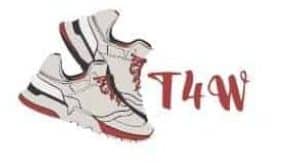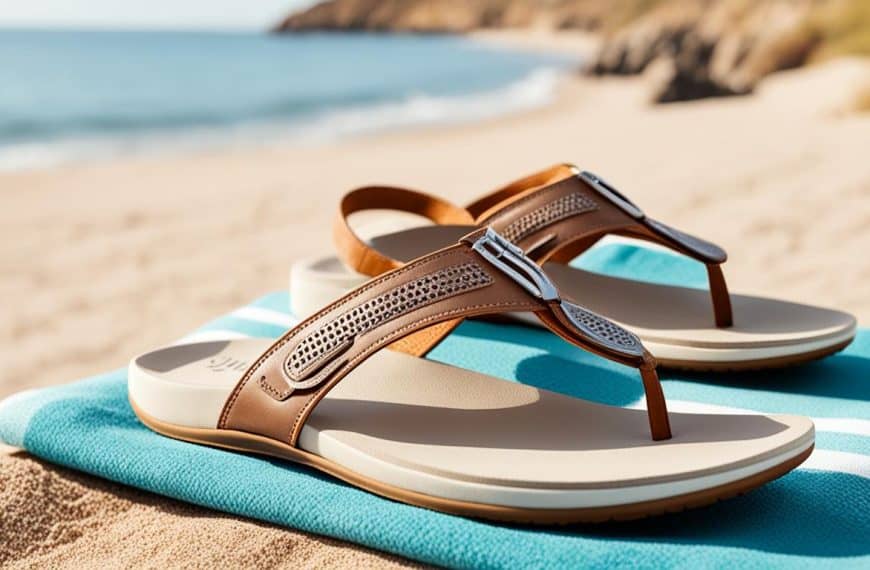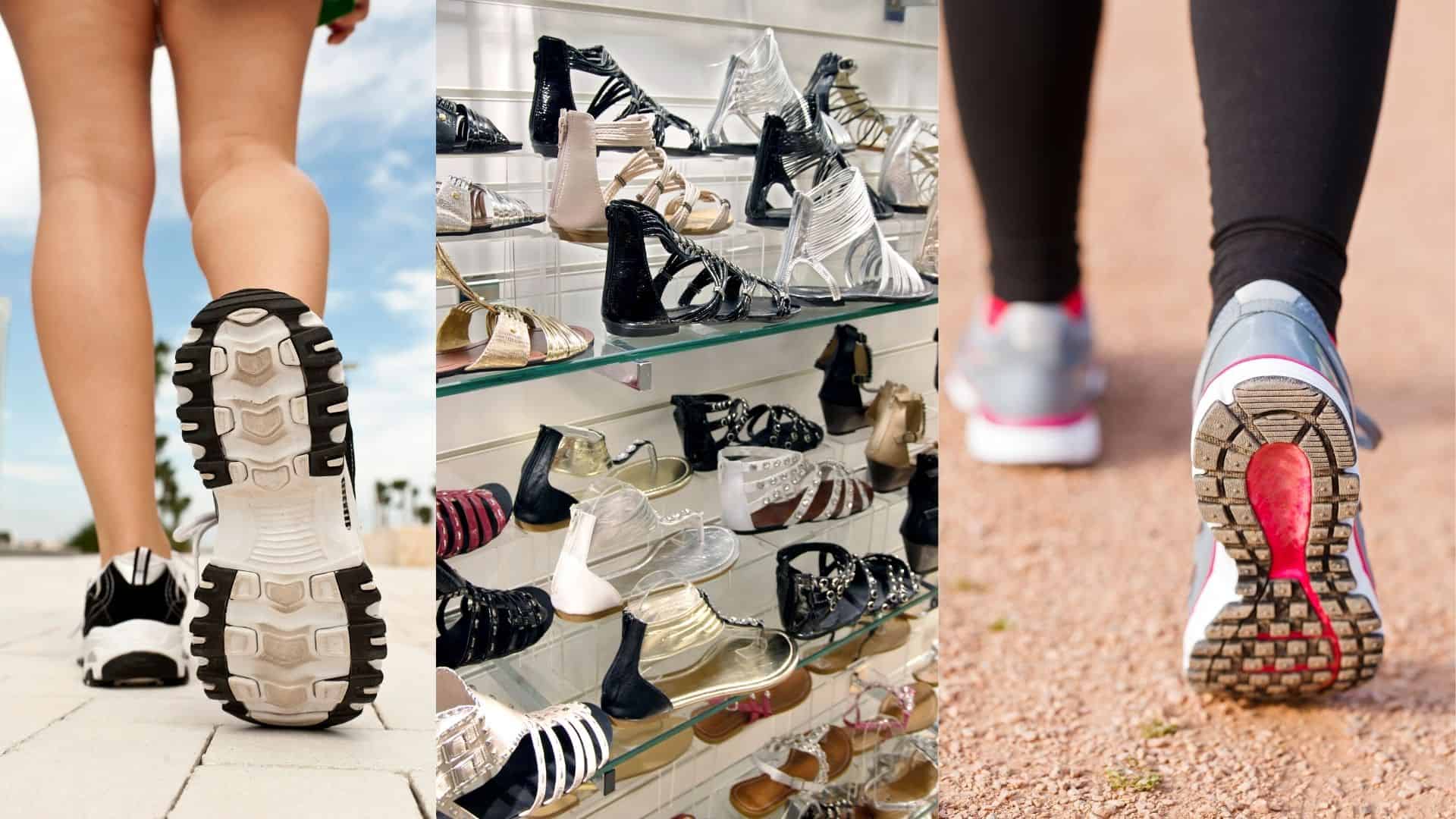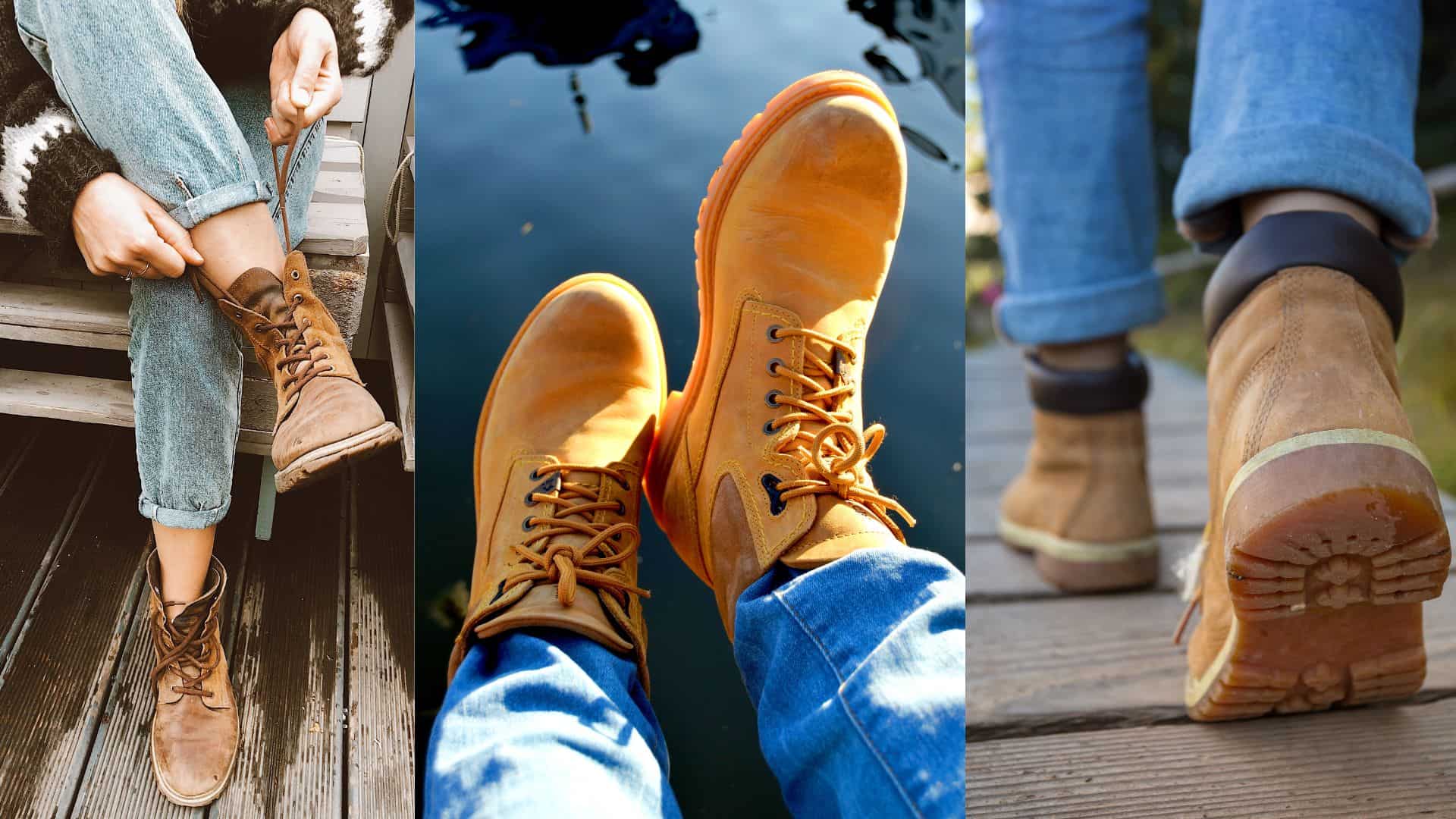Sandals
Discover the Comfort of Vionic Leather Sandals with Arch Support
Are you tired of sacrificing comfort for style when it comes to your sandals? Say goodbye to sore…
The Allure of White Vionic Sandals: Stylish Meets Comfort
Are you tired of choosing between style and comfort when it comes to footwear? Well, get ready to…
10 Must-Have Vionic Sandals for Ultimate Comfort and Style
When it comes to footwear, comfort and style often seem like an impossible combination. How can you find…
From Beach to Brunch: Styling Coach Sandals for Summer
When it comes to summer fashion, finding the perfect balance between beach-ready and brunch-appropriate can be a challenge.…
Coach Leather Sandals: A Synonym for Durability and Elegance
When it comes to finding the perfect pair of sandals, two qualities often take precedence: durability and elegance.…
How to Rock Coach White Sandals with Any Summer Outfit
Are you tired of the same old summer footwear options? Do you want to add a touch of…
Elegant Evenings: How to Style Coach Black Sandals for Formal Occasions
Are you ready to make a lasting impression at upscale events? Discover how to style Coach Black Sandals…
Coach Slip-On Sandals: The Perfect Blend of Comfort and Luxury
When it comes to footwear, we all want the best of both worlds: comfort and style. But can…
How to Pair Coach Sandals with Summer Dresses
Are you ready to take your summer fashion game to the next level? If you’ve got a collection…
Shoes
10 Types of People and Situations Otomix Shoes Are Best Suited For
Are you tired of compromising on footwear that doesn’t match your active lifestyle? Do you struggle to find…
21 Funky Shoes Like Fluevog (Unique Styles)
There’s a lot to love about Fluevog. Fluevog Shoes are shoes that are made for the adventurous and…
10 Problems Giovanni Shoes Solve
Are you tired of dealing with uncomfortable, flimsy shoes that leave your feet aching at the end of…
Best Tennis Shoes for California Lifestyle: Comfortable and Stylish Options
Tennis is a popular sport in California, whether you’re playing on a court or just enjoying the outdoor…
10 Problems Carruci Shoes Solve
Are you tired of sacrificing comfort for style or affordability for durability? Are you struggling to find the…
Best Under Armour Shoes: 10 Reasons Californians Love Under Armour
Living an active lifestyle in California requires shoes that can keep up with you. That’s where Under Armour…
Sneakers
Best Waterproof Sneakers for Rainy Days
Are you tired of getting your feet wet on rainy days? Looking for a stylish solution to keep…
Vans Old Skool Review: For California Lifestyle
If you’re curious about the Vans Old Skool sneakers and their vibe with the California lifestyle, you’ve come…
10 Running Sneakers with the Best Grip for Wet and Slippery Conditions
Do you find yourself avoiding running in wet and slippery conditions because you fear losing traction and risking…
Shoes Similar to Allbirds (Find Shoes Like Allbirds)
Shoes similar to Allbirds focus on comfort, sustainability, and casual style. Some alternatives are: Rothy’s – sustainable shoes…
Best Sneakers for Travel: Stylish and Comfortable Choices
Are you tired of sacrificing style for comfort when it comes to travel footwear? It’s time to discover…
7 Sneakers for the Minimalist: Simple Yet Stylish Options
Are you searching for the perfect sneakers that embrace the essence of minimalist design? Look no further! In…
Slippers
10 Things Californians Look for in Women’s Slippers (with Product Recommendations)
Are you looking for the perfect pair of cozy and stylish women’s slippers? Look no further! Californians know…
Aldo Glass Slipper Review | Why They Are A California Fav!
Have you heard about Why Aldo Glass Slippers Are Loved In California? It’s like the latest buzz in…
Best Men’s Slippers For Californians
When it comes to relaxation, Californians know what they’re doing. From hitting the beach to lounging poolside, Californians…
Best Slippers: Top Choices for California Lifestyle
If you’re a California resident or just love the California lifestyle, you’ll need the best slippers to keep…
Boots
Best Ankle Boots for Short Legs: 10 Things To Look For
You love the look of ankle boots, but as someone with shorter legs, it can be difficult to…
Best Workboots: Top Choices for California Workplaces
For Californians seeking the best work boots, the key is to find a pair that aligns with specific…
Best Barefoot Boots for Winter
Winter weather can be harsh on your feet and regular boots just don’t fit the bill. To enjoy…
Top After Ski Boots For Colorado Living
Have you ever wondered about the best after ski boots for living it up in Colorado? I sure…
Best Blundstone Boots for California Women
Blundstone boots have become a staple for fashion-savvy Californians, seamlessly blending into the state’s diverse lifestyle. From strolling…
10 Shoes Similar to Timberlands: Comfortable Boots That Last
Timberland boots are made from high-quality materials that make them very strong and long-lasting. The soles of these…














































